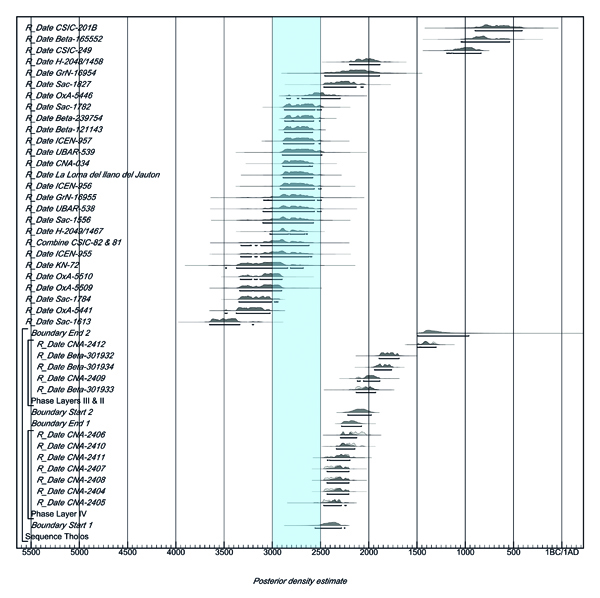Nueva publicación en el Journal of Archaeological Science

Volvemos de vacaciones con buenas noticias. Acaba de ser publicado el artículo The chronology of megalithic funerary practices: a Bayesian approach to Grave 11 At El Barranquete necropolis (Almería, Spain), trabajo de Gonzalo Aranda y Agueda Lozano.
Este trabajo pertenece a la línea de nuestro grupo de investigación Temporalidad y cronología. Nuevas perspectivas en el estudio de las dataciones radiocarbónicas
Abstract:
For the first time on the southern Iberian Peninsula it is possible to determine the timescale and funerary span of a single megalithic grave, as all the Minimum Number of Individuals identified by anthropological study have been dated. Thirteen radiocarbon measurements are now available from Grave 11 at El Barranquete necropolis. Two Bayesian models have been built on the basis of archaeological interpretations of the mortuary depositions. The results stress the late construction of the monument, probably in 2452–2316 cal BC, and the short, but intensive ritual use during the Chalcolithic period of between three and nine generations. The funerary reuse of the monument is one the most remarkable features of this tomb. According to the Bayesian models, these ritual practices began in 2154–2022 cal BC and spans a long period of at least half a millennium. The results are also discussed in the context of the megalithic phenomenon on the southern Iberian Peninsula.
